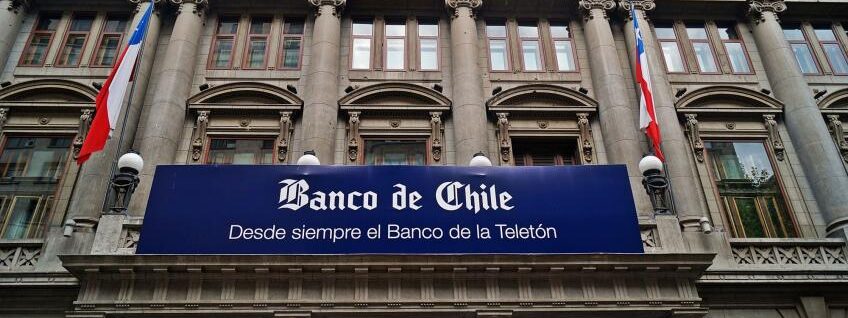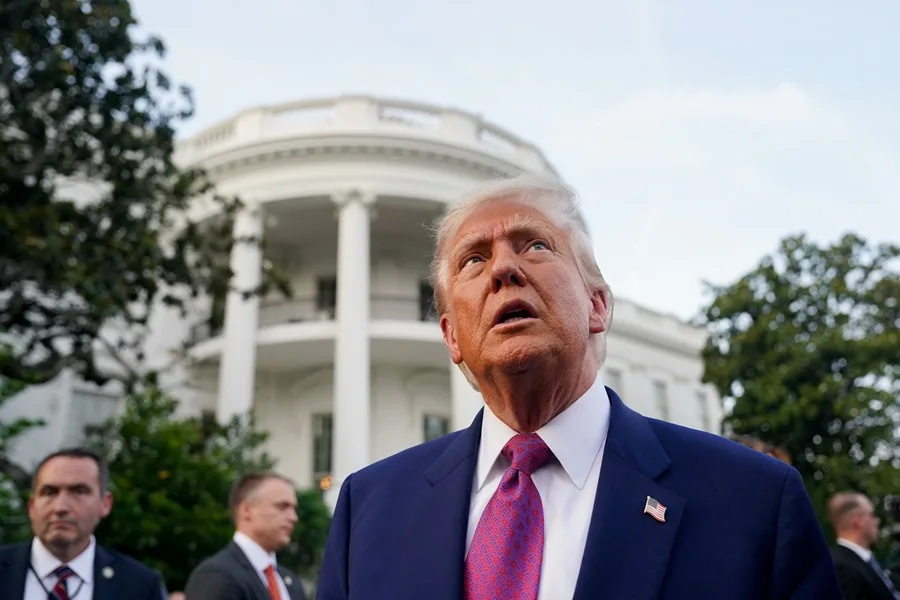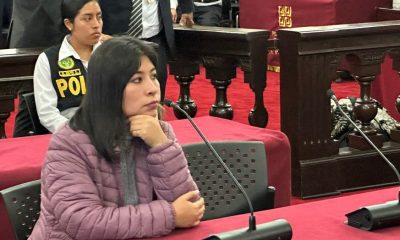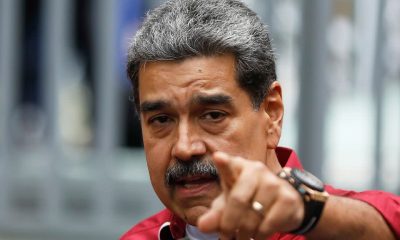International
Chile’s central bank improves economic growth projection

AFP
Chile’s central bank on Wednesday improved its projection for economic growth in 2021 to 11.5 – 12 percent due to “greater spending dynamism.”
In September, the bank had predicted growth would be between 10.5 and 11.5 percent.
“Greater internal spending has made Chilean GDP growth among the highest in the world, but at the same time that means the economy is operating well above its short-term capacity,” said the bank in a statement.
“Growth in 2021 will surpass September’s projections, ending the year with significantly higher levels of activity to those before the crisis.”
However, the bank predicted that growth would be lower than expected in 2022 (1.5 – 2.5 percent) and 2023 (0 – 1 percent).
The bank added that inflation would “remain around 7 percent for several months, before beginning to fall to 3 percent within the two-year policy horizon.”
The news comes a day after the bank announced a fourth successive hike in its benchmark interest rate, from 2.75 to 4 percent.
It said the benchmark rate would “continue to increase in the short term,” adding that it would “help the economy to resolve the imbalances that have accumulated, which have contributed to the rapid rise in inflation.”
International
Meta Says Russia Seeks to Ban WhatsApp for Defending Secure Communication

U.S. tech giant Meta, the parent company of WhatsApp, said that Russia is seeking to ban the messaging app because it “challenges government attempts to violate people’s right to secure communication.”
Russian authorities have encouraged citizens to switch to state-backed applications, and in August they already blocked WhatsApp’s calling feature.
On Friday, the communications regulator Roskomnadzor claimed that the platform was being used to “organize and carry out terrorist acts in the country, recruit perpetrators, and facilitate fraud and other crimes.”
“If the messaging service does not comply with Russian law, it will be completely blocked,” the regulator warned.
WhatsApp remains one of Russia’s most widely used messaging services, alongside Telegram.
Moscow is pressuring both platforms to grant authorities access to user data upon request for investigations into fraud and activities the government labels as “terrorist.”
Human rights advocates fear the demand could be used to target critics of the Kremlin, President Vladimir Putin, or the war in Ukraine.
International
Archbishop Wenski criticizes Trump’s deportation policies, calls for stronger push for reform

The Archbishop of Miami, Thomas Wenski, has called for increased pressure on the U.S. Congress to advance comprehensive immigration reform and criticized President Donald Trump’s mass deportation policies, arguing that they “do nothing to help.”
“We need to apply more pressure on Congress so lawmakers can make the necessary changes. It is also important for the Administration to listen to our voice. We do not want to be anyone’s enemy—we are Americans,” Wenski said in an interview with EFE.
The religious leader, who heads one of the dioceses with the largest Latino and Haitian populations in the United States, issued a call to defend the rights of migrants. He also emphasized that the U.S. Conference of Catholic Bishops (USCCB) has maintained a strong and public stance in favor of migrants for decades.
International
Trump relaunches diplomatic push to finalize U.S.-Backed peace plan for Ukraine War

U.S. President Donald Trump announced on Tuesday that his diplomatic team will resume meetings with delegations from Russia and Ukraine in an effort to pressure both sides to accept the peace plan proposed by Washington to end the war in Ukraine.
As part of this new round of talks, U.S. Special Envoy Steve Witkoff will travel to Moscow to meet with Russian President Vladimir Putin. Meanwhile, Army Secretary Dan Driscoll will hold discussions with Ukrainian representatives to narrow differences on the remaining points of the agreement.
Trump also confirmed his intention to meet personally with Ukrainian President Volodymyr Zelensky and with Putin, though he emphasized that such meetings will only take place “when the agreement is fully finalized or in its final stage.”
The president claimed that his administration has made “tremendous progress” toward resolving the conflict and reiterated that the war “never would have started” if he had been in the White House at the onset of the crisis.
The U.S.-backed peace plan consists of 28 points and has been revised following feedback from both sides. According to Trump, only “a few points of disagreement” remain under active discussion.
One of the most controversial aspects of the proposal is the suggestion that Ukraine cede parts of the Donbas region to Russia and limit the size of its armed forces. Kyiv is working closely with Washington to soften these clauses in search of an arrangement that does not compromise its sovereignty or security.
With this diplomatic push, Trump aims to solidify his role as the main mediator in the conflict and steer the war toward a political resolution after years of devastation, humanitarian crisis, and rising global geopolitical tensions.
-

 International5 days ago
International5 days agoDeadly crash in Santa Bárbara leaves eight victims as campaign activities conclude
-

 International5 days ago
International5 days agoTatiana Schlossberg reveals aggressive leukemia diagnosis in personal New Yorker essay
-

 International4 days ago
International4 days agoTrump relaunches diplomatic push to finalize U.S.-Backed peace plan for Ukraine War
-

 International5 days ago
International5 days agoTrump attacks Europe and Biden on Truth Social ahead of talks on Ukraine peace plan
-

 International5 days ago
International5 days agoPeru’s president says he is open to entering mexican embassy to arrest Betssy Chávez
-

 International5 days ago
International5 days agoZelensky hails ‘important steps’ in Geneva talks but says more needed for real peace
-

 International5 days ago
International5 days agoWhite House considered dropping leaflets over Caracas to pressure Maduro
-

 International4 days ago
International4 days agoBolsonaro misses appeal deadline, faces imminent prison order by Brazil’s Supreme Court
-

 International5 days ago
International5 days agoSnapchat begins age verification for australian teens ahead of strict social media ban
-

 International4 days ago
International4 days agoMan pleads not guilty in Liverpool parade incident that injured more than 130
-

 Central America2 days ago
Central America2 days agoPanama reinforces security with new helicopters and Super Tucano Aircraft purchases
-

 International4 days ago
International4 days agoMacron to announce new voluntary military service amid rising security concerns in Europe
-

 International5 days ago
International5 days agoInvestigations continue after mexican naval vessel’s deadly collision with bridge in New York
-

 Central America2 days ago
Central America2 days agoTrump urges hondurans to back conservative candidate Nasry Asfura in november elections
-

 International2 days ago
International2 days agoArchbishop Wenski criticizes Trump’s deportation policies, calls for stronger push for reform
-

 Central America7 hours ago
Central America7 hours agoTrump Pardons Former Honduran President Hernández and Warns of Aid Cuts Ahead of Election
-

 Central America2 days ago
Central America2 days agoWashington calls for oversight as Honduras faces allegations of electoral interference
-

 International7 hours ago
International7 hours agoMeta Says Russia Seeks to Ban WhatsApp for Defending Secure Communication






























